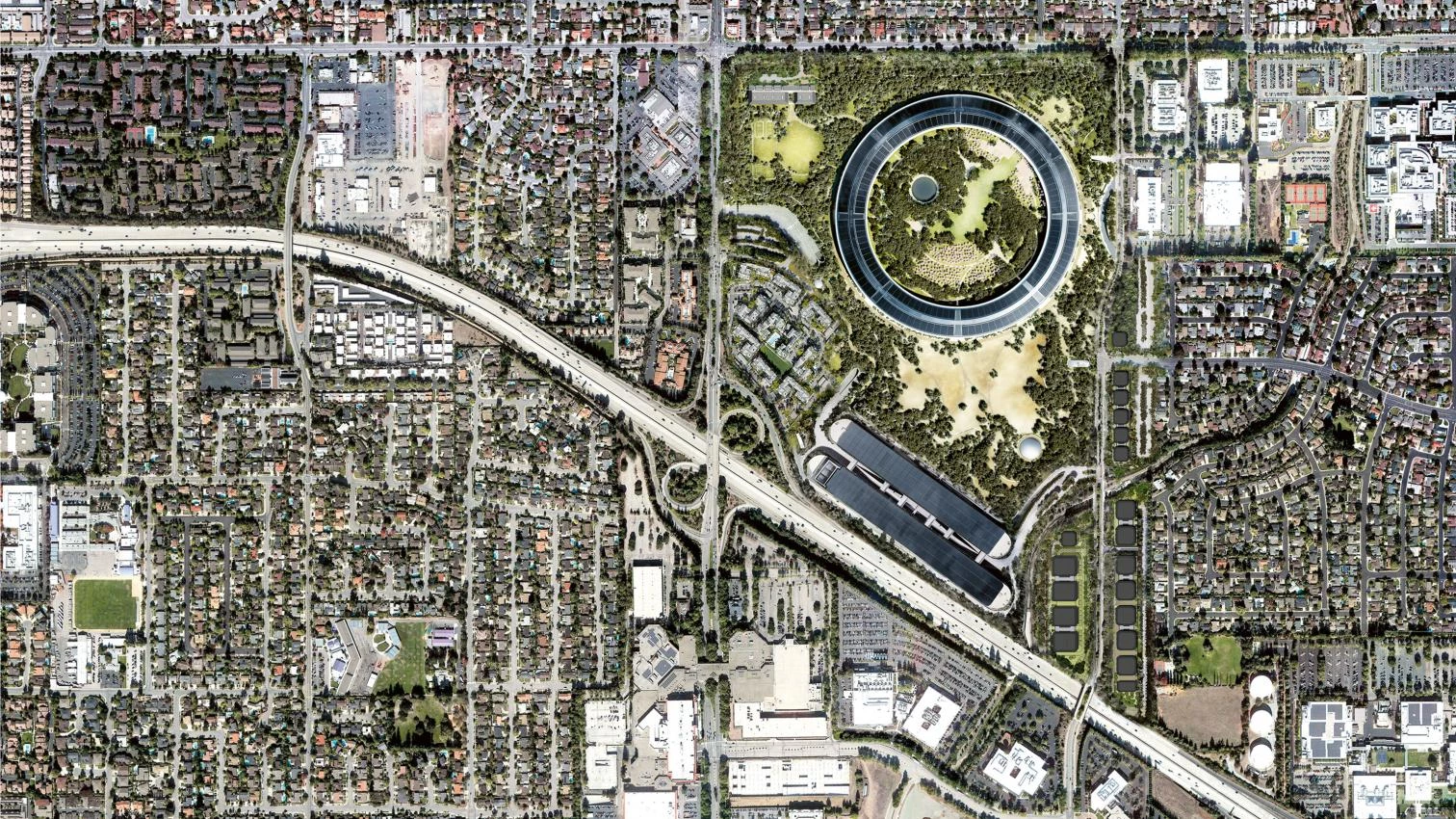
Today, the combination of technological innovation and international economic integration has created entirely new forms of network. We must ask ourselves: is our age likely to repeat the experience of the period after 1500, when the printing revolution unleashed wave after wave of revolution? Will the new networks liberate us from the shackles of the administrative state as the revolutionary networks of the 16th, 17th, and 18th centuries freed our ancestors from the shackles of spiritual and temporal hierarchy? A libertarian utopia of free and equal netizens has a certain appeal, especially to the young. The masters of Silicon Valley have every incentive to romanticize the future. However, histories of futurology give us little reason to expect much, if any, of this vision of utopia to be realized.
And if the principal consequence of advanced robotics and artificial intelligence really is going to be large-scale unemployment, the chances are surely quite low that a majority of mankind will uncomplainingly devote themselves to harmless leisure pursuits in return for some modest basic income. Moreover, the suspicion cannot be dismissed that, despite all the utopian hype, less benign forces have already learned how to use and abuse the ‘cognisphere’ to their advantage.
The lesson of history is that trusting in networks to run the world is a recipe for anarchy. Those who lived through the wars of the 1790s and 1800s learned an important lesson that we would do well to re-learn: unless one wishes to reap one revolutionary whirlwind after another, it is better to impose some kind of hierarchical order on the world and to give it some legitimacy. At the Congress of Vienna, the five great powers agreed to establish such an order, and the pentarchy they formed provided a remarkable stability for the better part of the century that followed. The alternative is that another pentarchy of great powers recognizes their common interest in resisting the spread of jihadism, criminality, and cyber-vandalism, to say nothing of climate change.
Conveniently, the architects of the post-1945 order created the institutional basis for such a new pentarchy in the form of the permanent members of the UN Security Council, an institution that retains the all-important ingredient of legitimacy. Whether or not these five great powers can make common cause once again, as their predecessors did in the 19th century, is the great geopolitical question of our time.
When the first great towers were built in New York, they seemed to be appropriately imposing accommodation for the hierarchical corporations that dominated the US economy. By contrast, today’s dominant technology companies eschew the vertical. Facebook’s headquarters in Menlo Park, designed by Frank Gehry, is a sprawling campus of open-plan offices and play-areas – “a single room that fits thousands of people,” in Zuckerberg’s words, or (perhaps more accurately) an immense kindergarten for geeks. The main building at the new ‘Apple Park’ in Cupertino is a gigantic circular spaceship with only four stories, designed by the late Steve Jobs, Norman Foster, and Jonathan Ive. Google’s new headquarters in Mountain View, in a nature reserve, will be an office without foundations or a floor plan, mimicking the constantly evolving network it hosts. Silicon Valley prefers to lie low, and not only for fear of earthquakes. Its horizontal architecture reflects the reality that is the most important hub of a global network: the world’s town square.
On the other side of the United States, however, on New York City’s 5th Avenue, there looms the Trump Tower, which represents an altogether different organizational tradition. And no one individual in the world has a bigger say in the choice between networked anarchy and world order than the absent owner of that dark tower.
This text is an extract from The Square and the Tower (Penguin Books, 2018)





